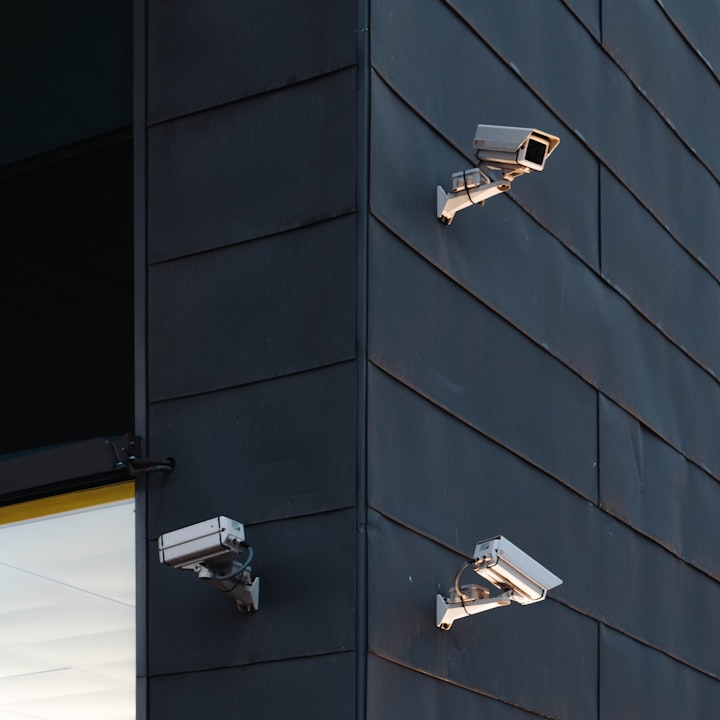Can Full-Scale Quadcopters Match the Stability of Manned Helicopters?
Exploring the stability of full-scale quadcopters compared to manned helicopters. How do large quadcopters match up?

The concept of quadcopters has gained popularity in recent years, with drone versions appearing more stable than single-rotor helicopter RC drones.
However, the development of full-scale quadcopters comparable in size to manned helicopters remains a challenge.
Difference in Control and Stability Principles
The biggest quadcopters currently available in the market are comparable in size to the smallest manned helicopters.
However, they are based on very different principles of control and stability.
Traditional helicopters utilize a mechanically balanced system, with a set of rotors linked together to balance forces and change the pitch of the rotor blades for control.
In contrast, quadcopters are mechanically unstable systems, relying on constant corrections by electronics to maintain balance.
This requires special electric motors capable of fixed speed and rapid speed adjustments.
Hence, quadcopters need specific electric motors designed for agile responsiveness and precise control.
Special Motor Requirements
The design and construction of quadcopters necessitate the use of specialized electric motors.
Unlike ordinary helicopters, which can use a wide spectrum of electric motors or combustion engines, quadcopters rely on motors designed with specific properties and capabilities to meet the demands of their inherently unstable nature.
Challenges in Scaling Up
The scaling up of quadcopters to the size of helicopters presents numerous engineering challenges.
While drone versions have shown promise in stability, their size and weight pose unique technical hurdles that demand advancements in materials, propulsion, and control systems.
Achieving the necessary power-to-weight ratio, aerodynamic efficiency, and stability at a larger scale requires extensive testing, development, and innovation.
Regulatory and Safety Considerations
Additionally, the deployment of significantly large quadcopters raises complex regulatory and safety concerns.
Ensuring airworthiness, navigation, and collision avoidance for such scaled-up unmanned aerial vehicles (UAVs) calls for robust regulatory frameworks and infrastructure adaptations.
Addressing these challenges requires coordinated efforts across multiple sectors, including aviation authorities, manufacturers, and technology innovators.
Future Prospects
Despite the current limitations, ongoing research and technological advancements hold potential for overcoming the barriers to developing full-scale quadcopters as large as helicopters.
Collaborative endeavors in materials science, propulsion systems, and control algorithms are driving progress towards achieving stable and efficient quadcopters at larger scales.
In conclusion, the development of full-scale quadcopters comparable in size to helicopters encompasses a complex interplay of technological, regulatory, and safety considerations.
While current quadcopter technology has demonstrated agility and stability in smaller forms, scaling up to rival manned helicopters requires innovative solutions and concerted efforts from the research and engineering communities.






